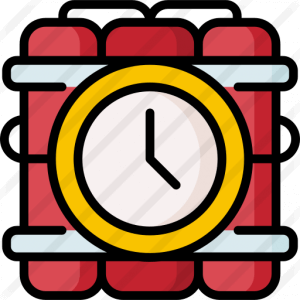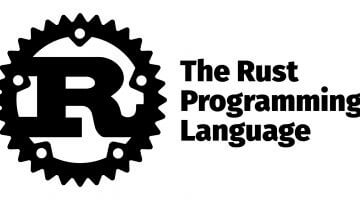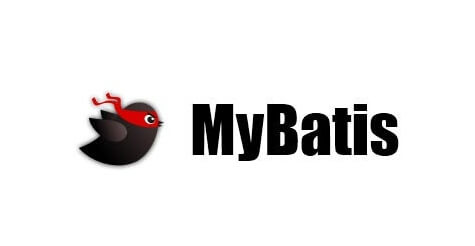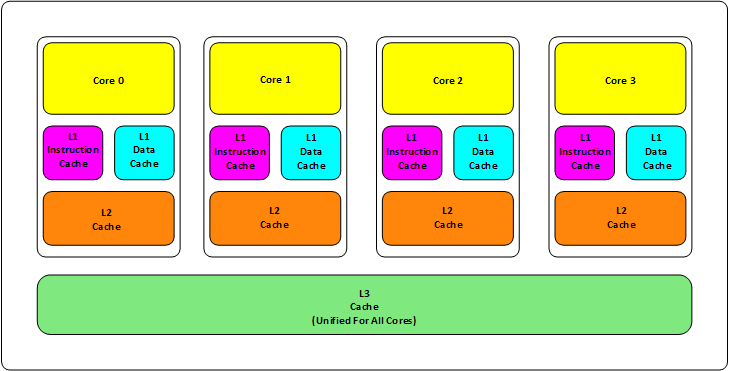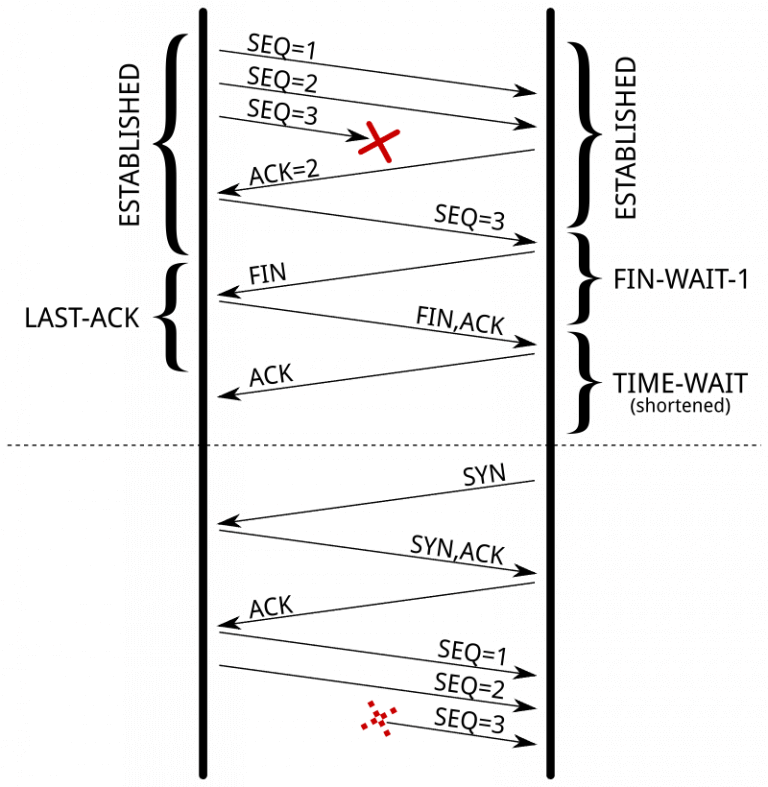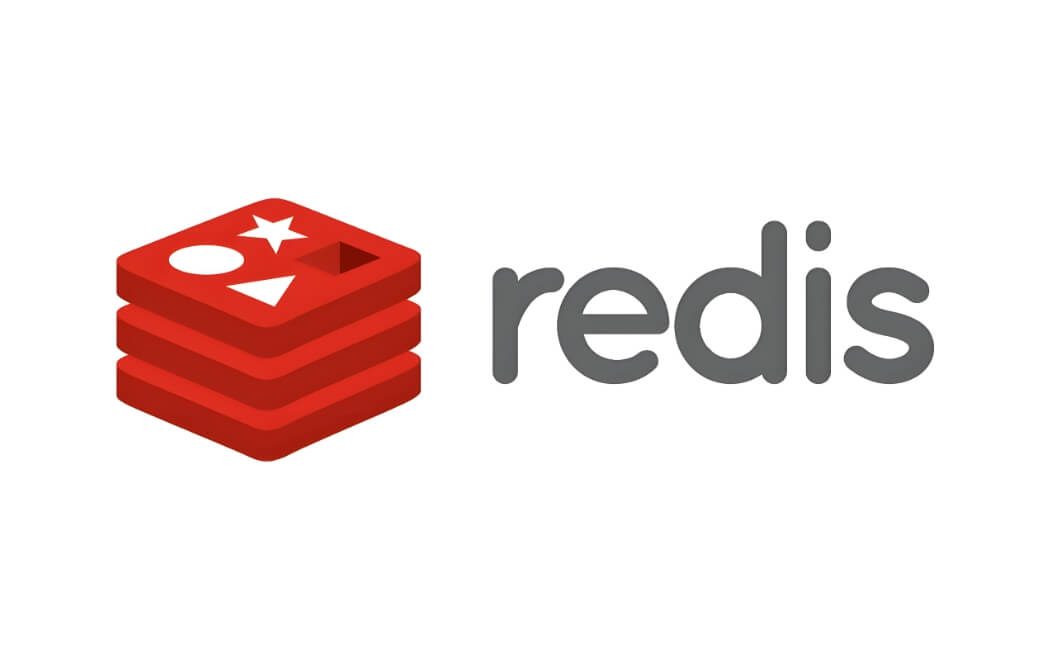Project architecture patterns play a crucial role in software development. They provide developers with a set of guiding principles to organize and manage code, which improves software maintainability, scalability, reusability, and testability. In this article, we'll explore some of the most common architecture patterns in .NET and their key responsibilities.
CQRS (Command and Query Responsibility Segregation)
CQRS is an architectural pattern that aims to separate a system's read operations (queries) from write operations (commands). By doing this, the system can be optimized differently for handling read and write requests, improving performance, scalability, and maintainability.
Three-Layer Architecture
The three-layer architecture is a classic software architecture pattern that divides an application into three main layers: Presentation Layer (UI), Business Logic Layer (BLL), and Data Access Layer (DAL).
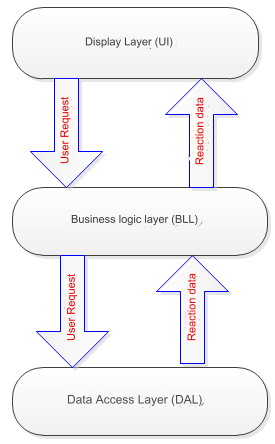
Layered Responsibilities:
Presentation Layer (UI): Handles the user interface and user interaction. It is the part that users directly interact with.
Business Logic Layer (BLL): Deals with business rules and logic. It is the core part of the application, responsible for processing, validation, and business operations.
Data Access Layer (DAL): Manages interactions with the database, including CRUD operations (Create, Read, Update, Delete).
MVC Architecture
The MVC (Model-View-Controller) architecture pattern divides an application into three main components: Model, View, and Controller. This pattern helps achieve separation of concerns, where user requests are routed to the controller, which works with the model to execute user actions and return results. This significantly enhances the maintainability and scalability of the application.
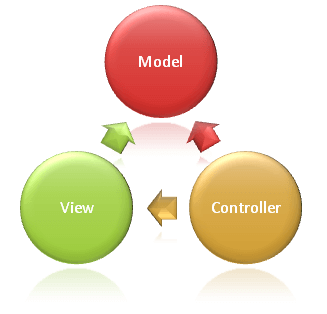
Layered Responsibilities:
Model: Represents the state of the application and any business logic or operations it should perform. Business logic and state management are encapsulated within the model.
View: Responsible for displaying content through the user interface, often using the Razor view engine to embed .NET code in HTML markup.
Controller: Handles user interaction, working with the model and ultimately selecting the view to be rendered. Controllers process and respond to user inputs and interactions, acting as the entry point in MVC applications.
DDD Layered Architecture
Domain-Driven Design (DDD) is a software design methodology and philosophy introduced by Eric Evans in 2004. It aims to translate complex business logic into maintainable, scalable software systems by deeply understanding the business domain.
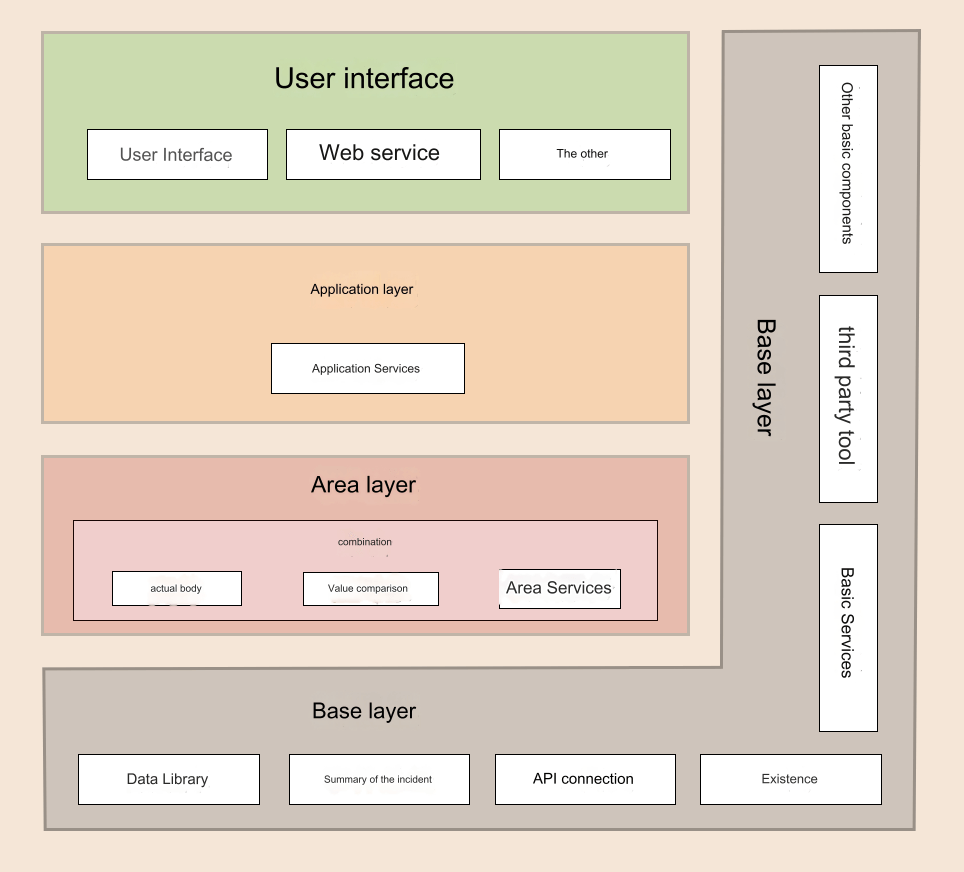
Layered Responsibilities:
Presentation Layer (UI): Manages user interfaces and interactions, such as web interfaces, mobile apps, or desktop applications. It receives user inputs and displays data but contains no business logic.
Application Layer: Serves as the intermediary between the presentation and domain layers, orchestrating business objects to carry out specific tasks using application logic.
Domain Layer: Contains business objects and business rules, forming the core of the application. The domain layer is designed according to DDD principles, encapsulating business knowledge and logic to improve software maintainability and scalability.
Infrastructure Layer: Provides support for technical infrastructure, such as database access, messaging queues, and caching.
Clean Architecture
Clean Architecture is a set of software design principles proposed by Robert C. Martin. Its goal is to make systems flexible, maintainable, and testable by creating a simple, flexible, and easy-to-maintain system structure.
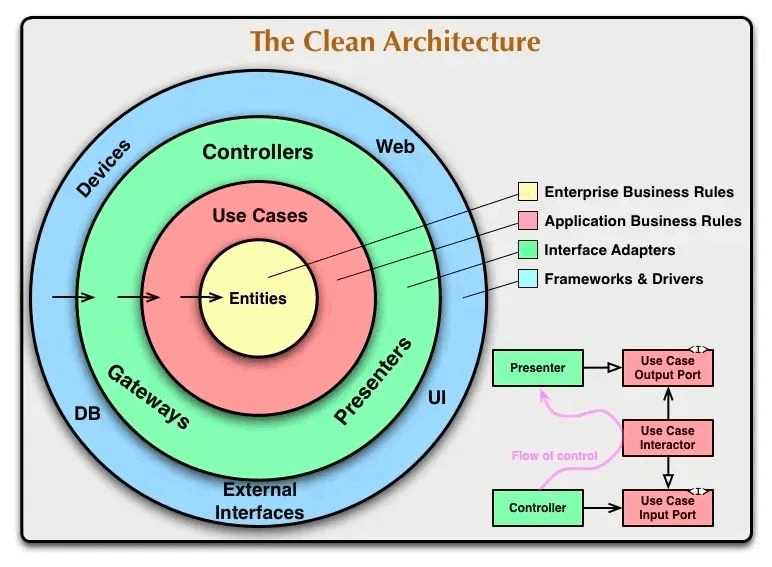
Layered Responsibilities:
Entities: Represent core business concepts and objects in the system, containing entities that persist throughout the lifecycle and have clear business significance.
Use Cases: Contain specific business logic and use cases. They mediate interactions between entities and other layers to implement business functionality.
Interface Adapters: Connect the use case layer to external systems, such as databases, user interfaces, or external services. They convert interfaces into forms that the use case layer can understand, and vice versa.
Frameworks and Drivers: Include external frameworks and tools like databases, web frameworks, and messaging queues. This layer usually consists of technical implementations that provide infrastructure support to the upper layers.
CQRS Architecture
CQRS (Command and Query Responsibility Segregation) is an architectural pattern that separates a system’s read and write operations. By splitting the handling of read and write requests, the system can be optimized differently, improving performance, scalability, and maintainability.
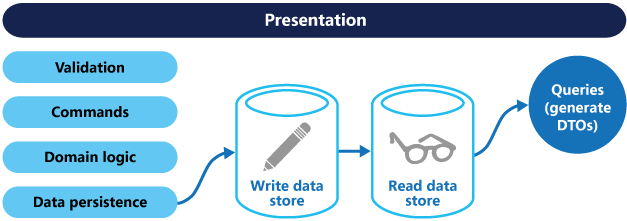
Layered Responsibilities:
Presentation Layer: Handles requests and responses from the user interface. It processes user input and passes it to backend services while also displaying backend service responses to the user.
Validation: Validates the input data before commands are processed, ensuring data integrity and correctness.
Commands: Encapsulate user requests for write operations, such as creating, updating, or deleting data.
Domain Logic: Executes core business logic and rules. Command handlers typically invoke domain models and services to apply business logic and ensure rules are enforced.
Data Persistence: Stores data after command execution, ensuring data consistency and durability.
Write Data Store: Manages all data related to write operations, including transactions and data consistency.
Read Data Store: Optimizes performance for read operations, providing fast query results.
Queries: Pass query objects to a query handler, which retrieves data directly from the read data store and returns Data Transfer Objects (DTOs) to the presentation layer.
Conclusion
Each project architecture pattern has its unique features and applicable scenarios. Developers should choose the most suitable architecture pattern based on specific project requirements and the technology stack at hand.
